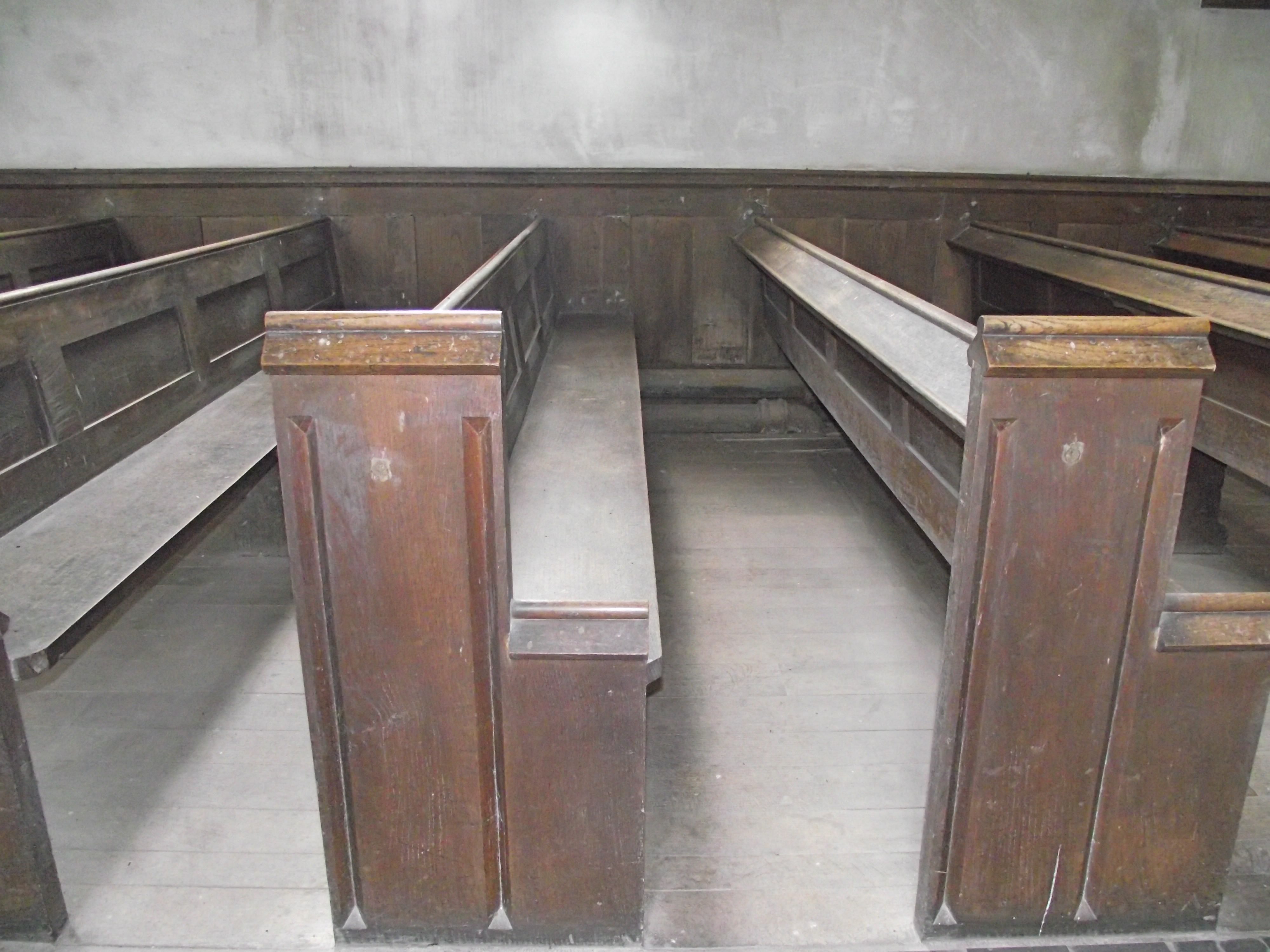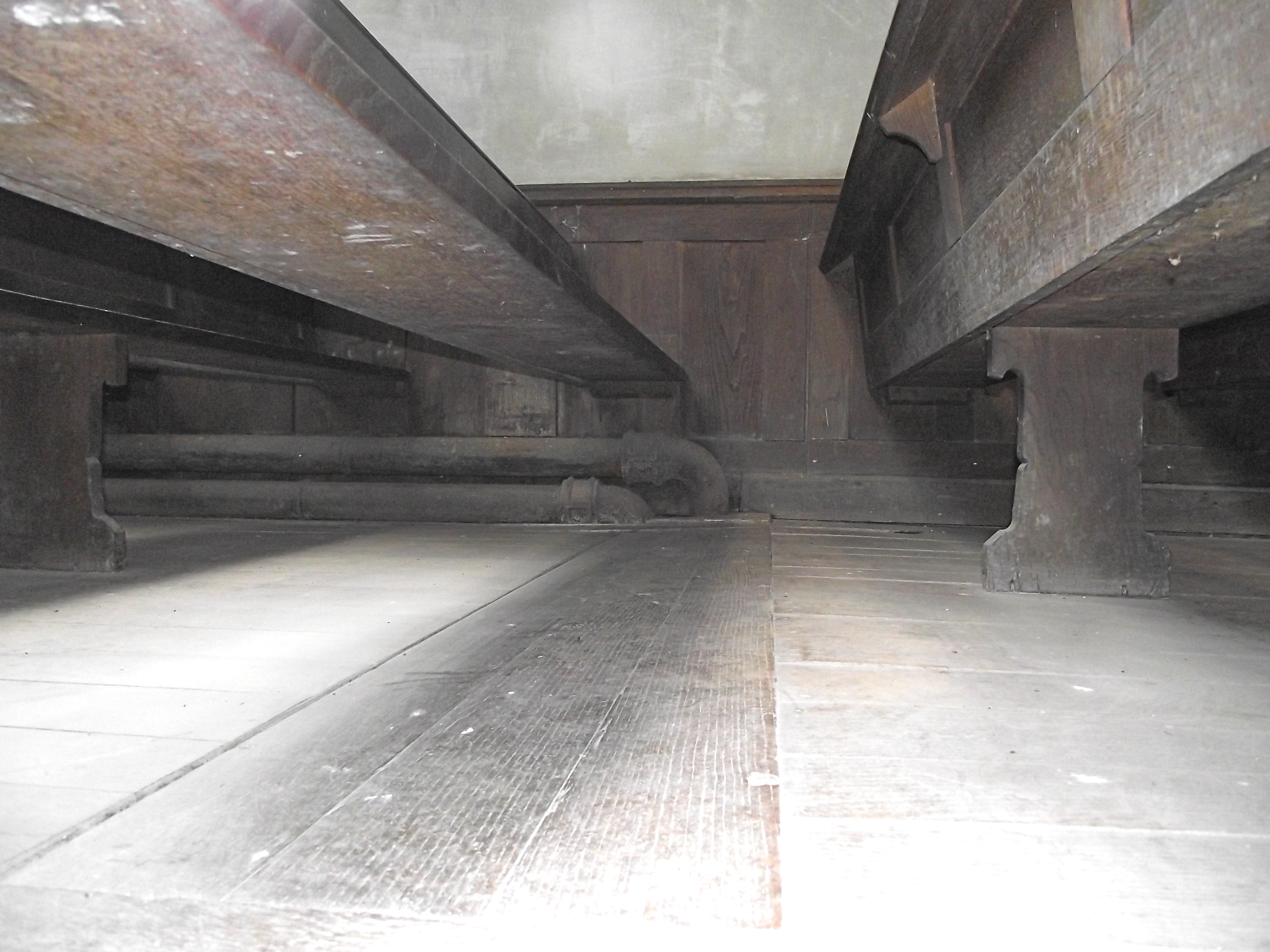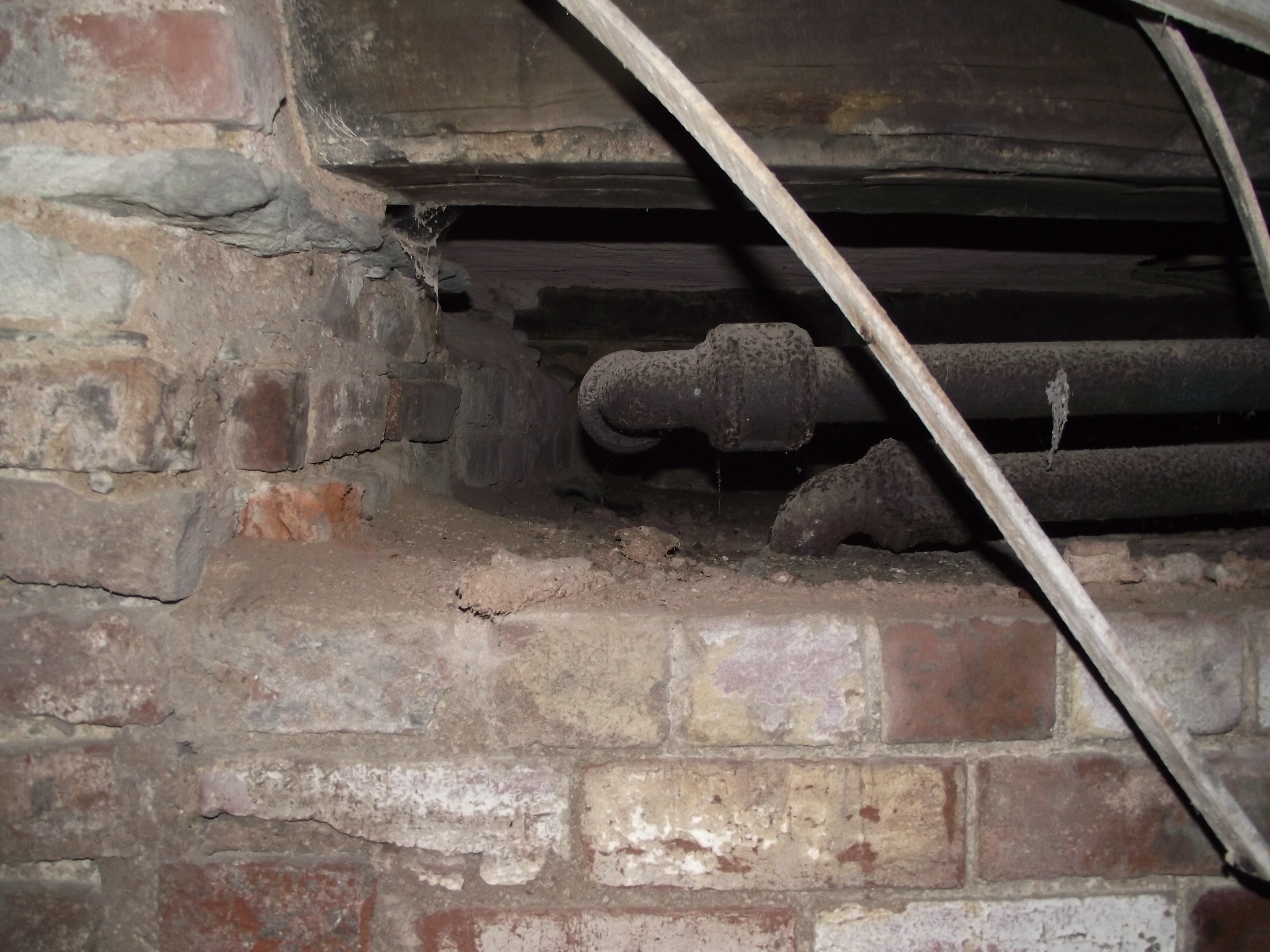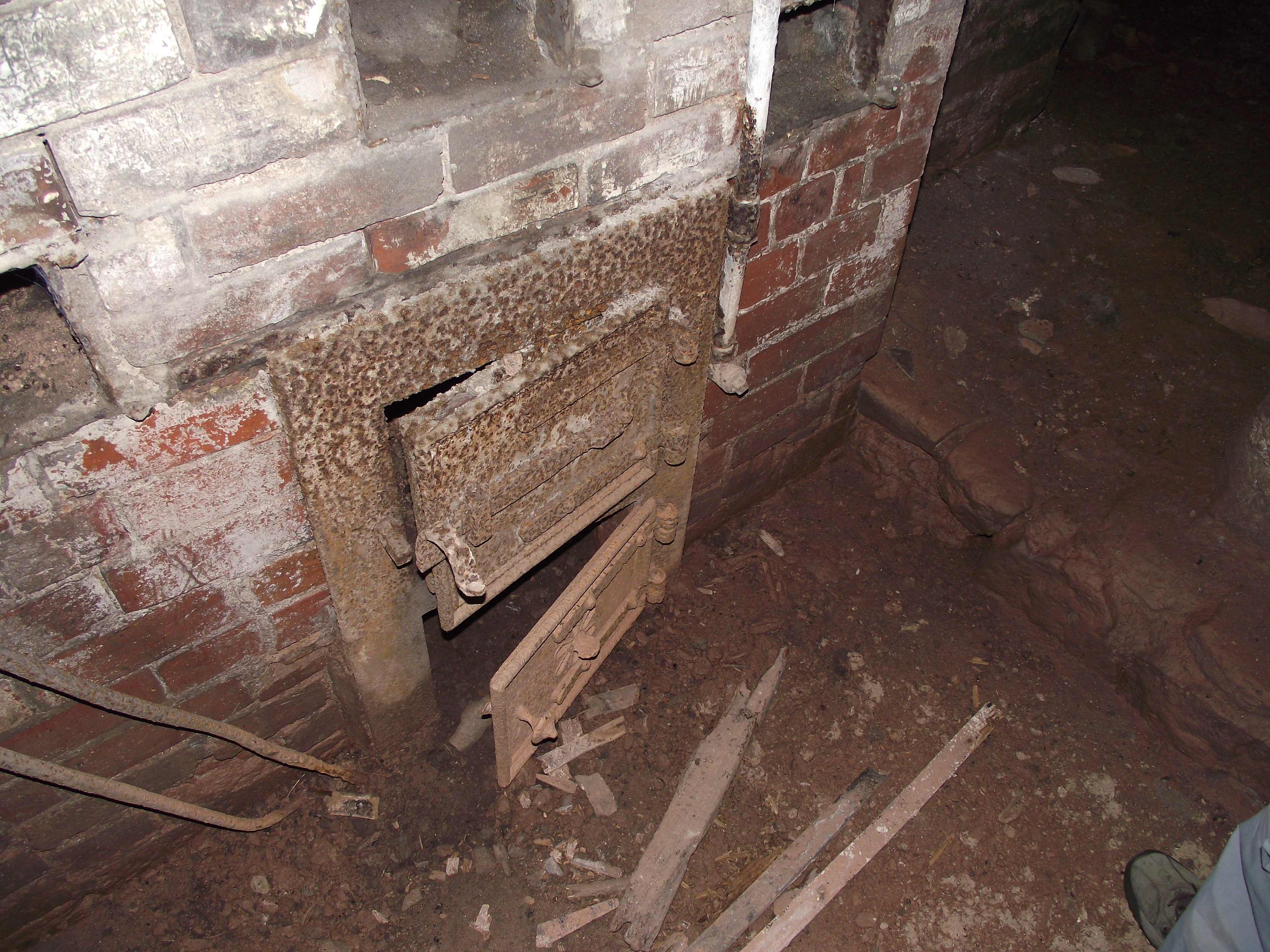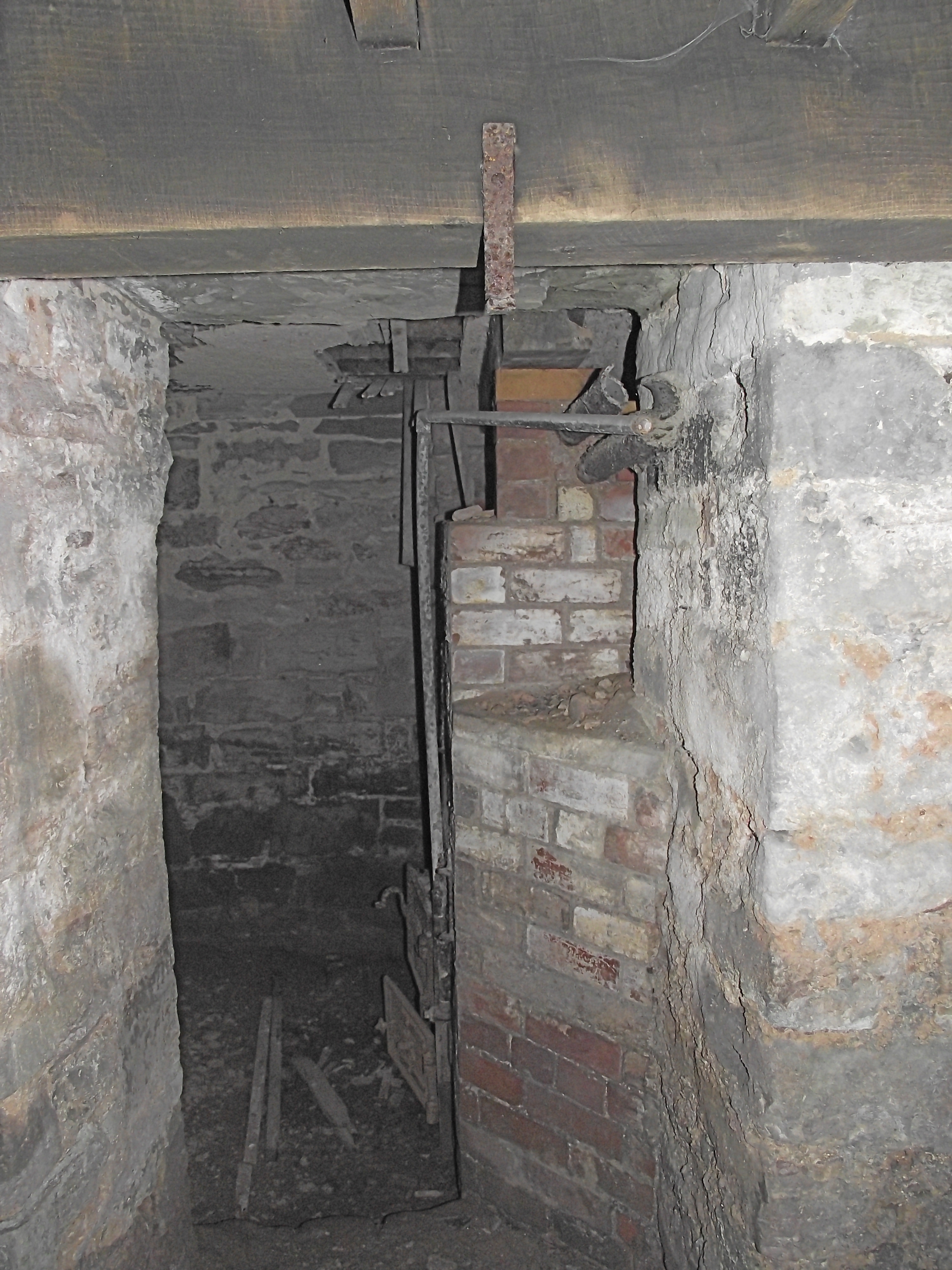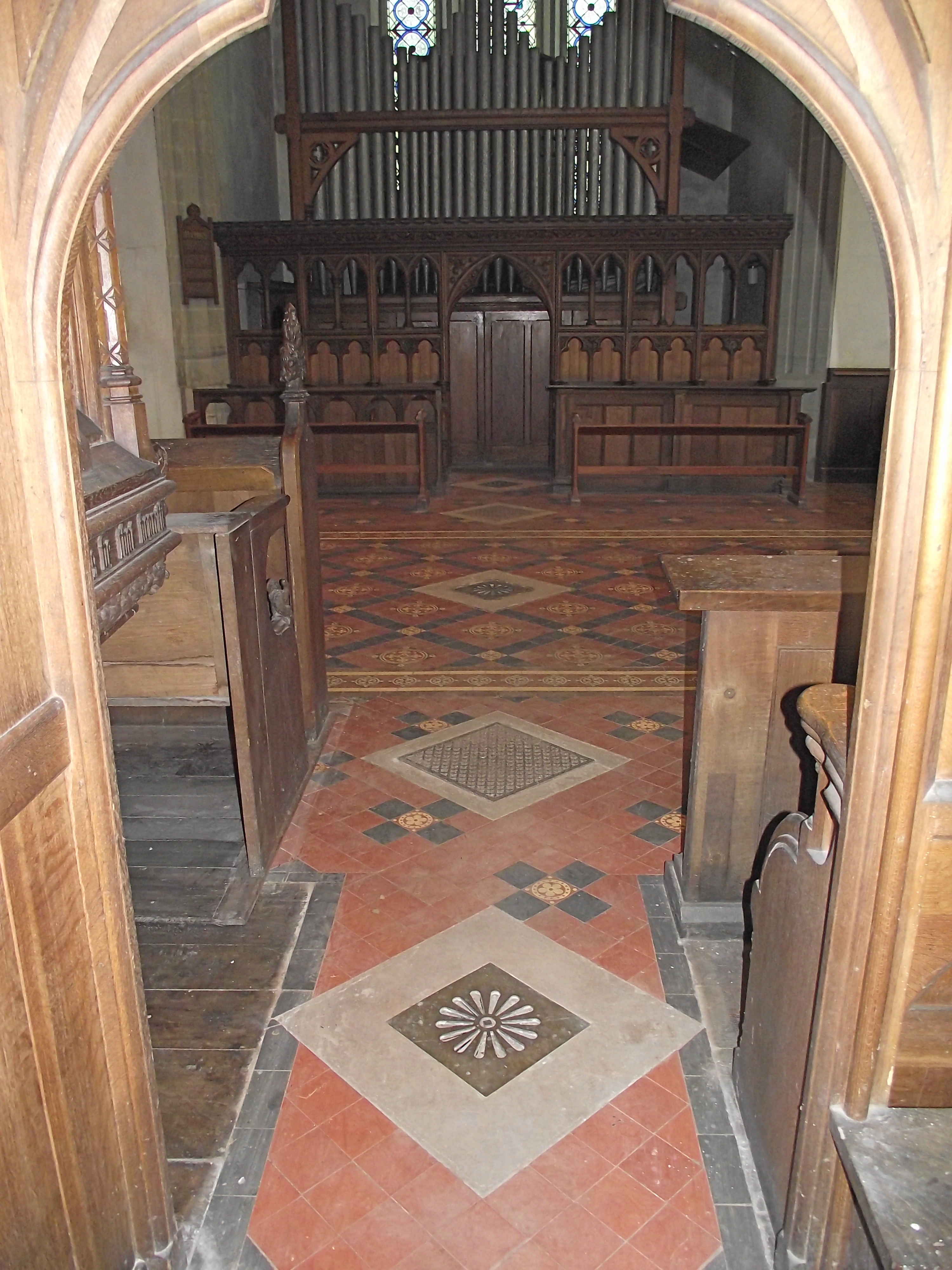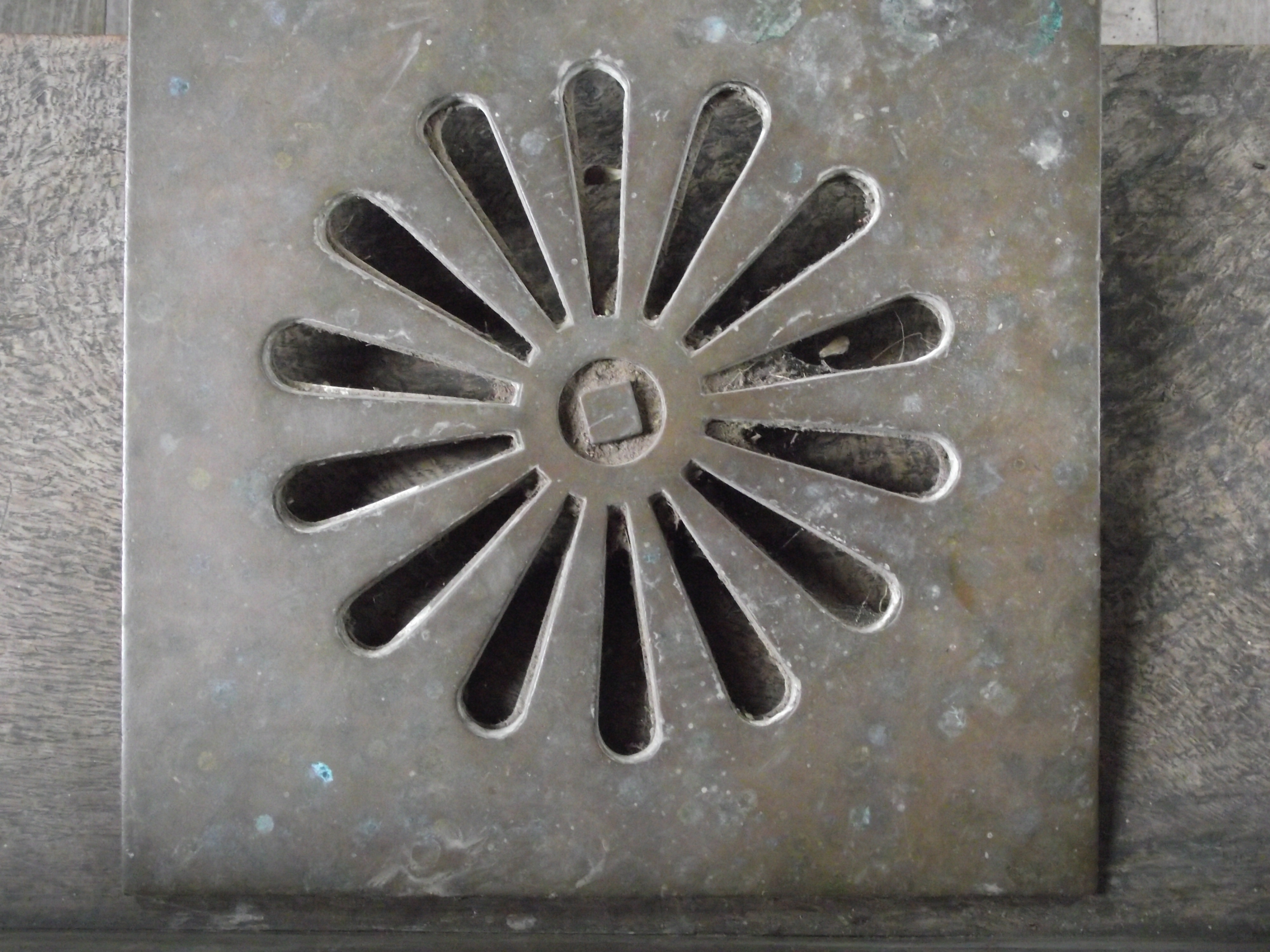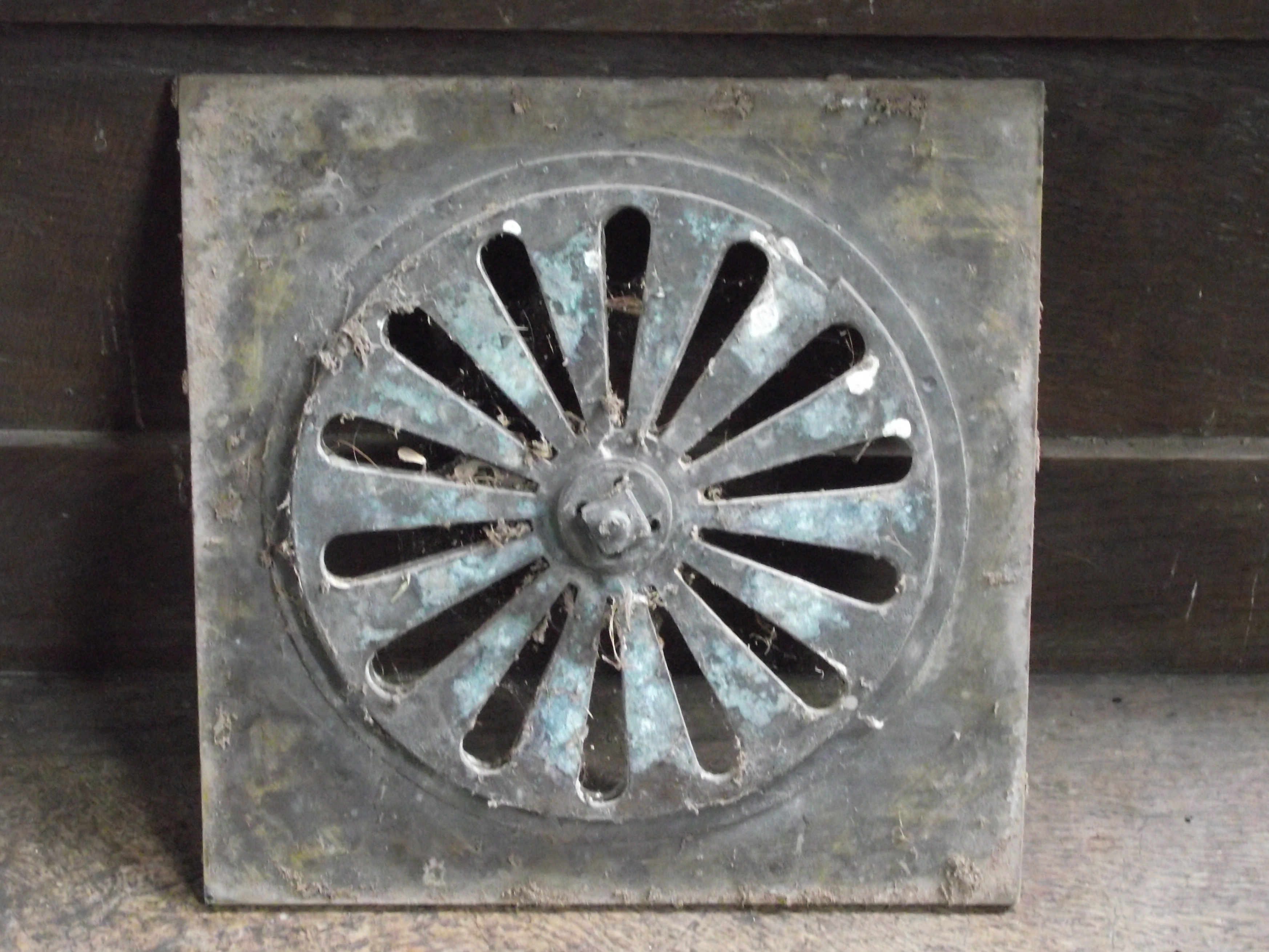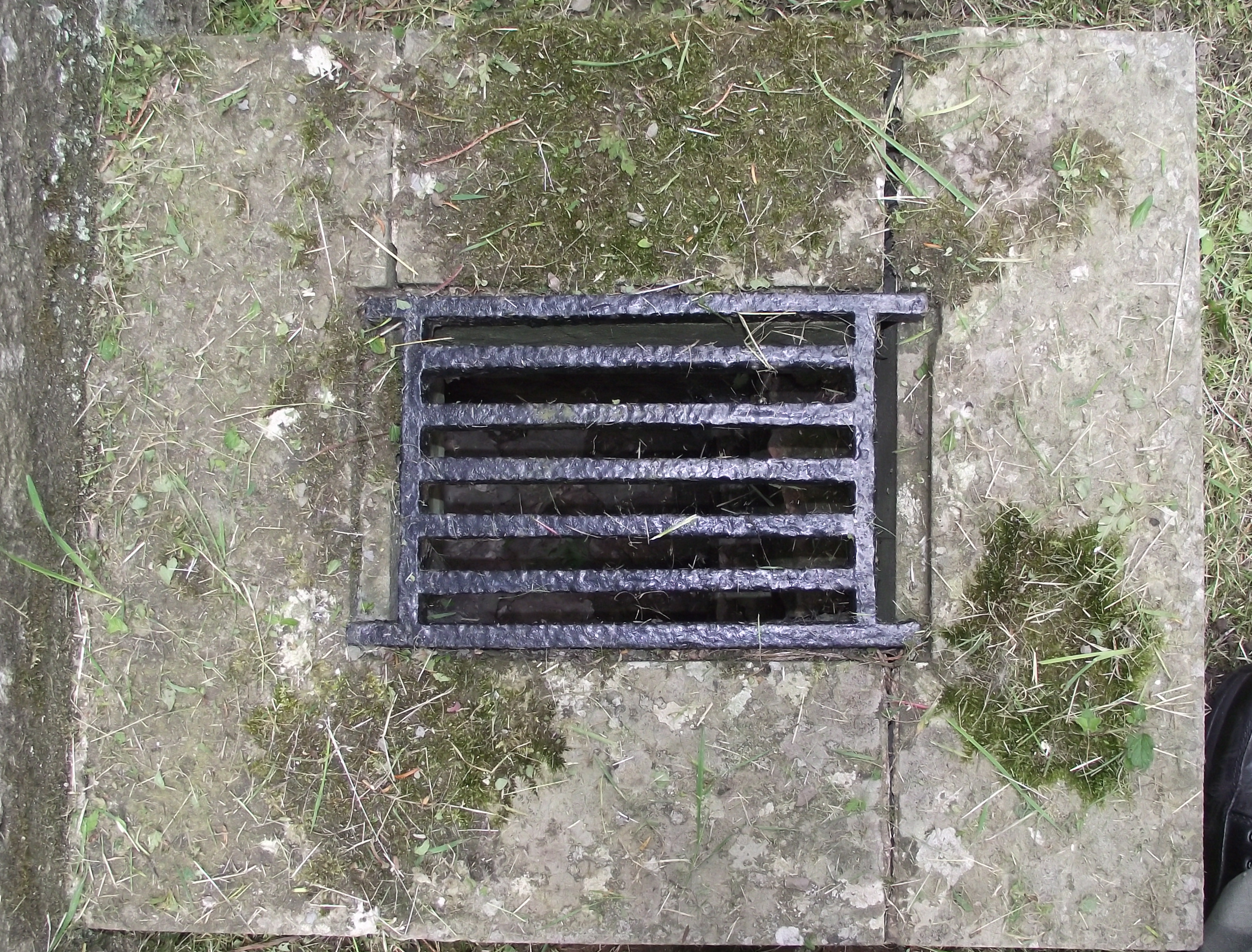
| St
Mary
the Virgin Yazor Parish Church Herefordshire |
St Mary
the Virgin Church is administered by the Churches
Conservation Trust and is a Grade II Listed building.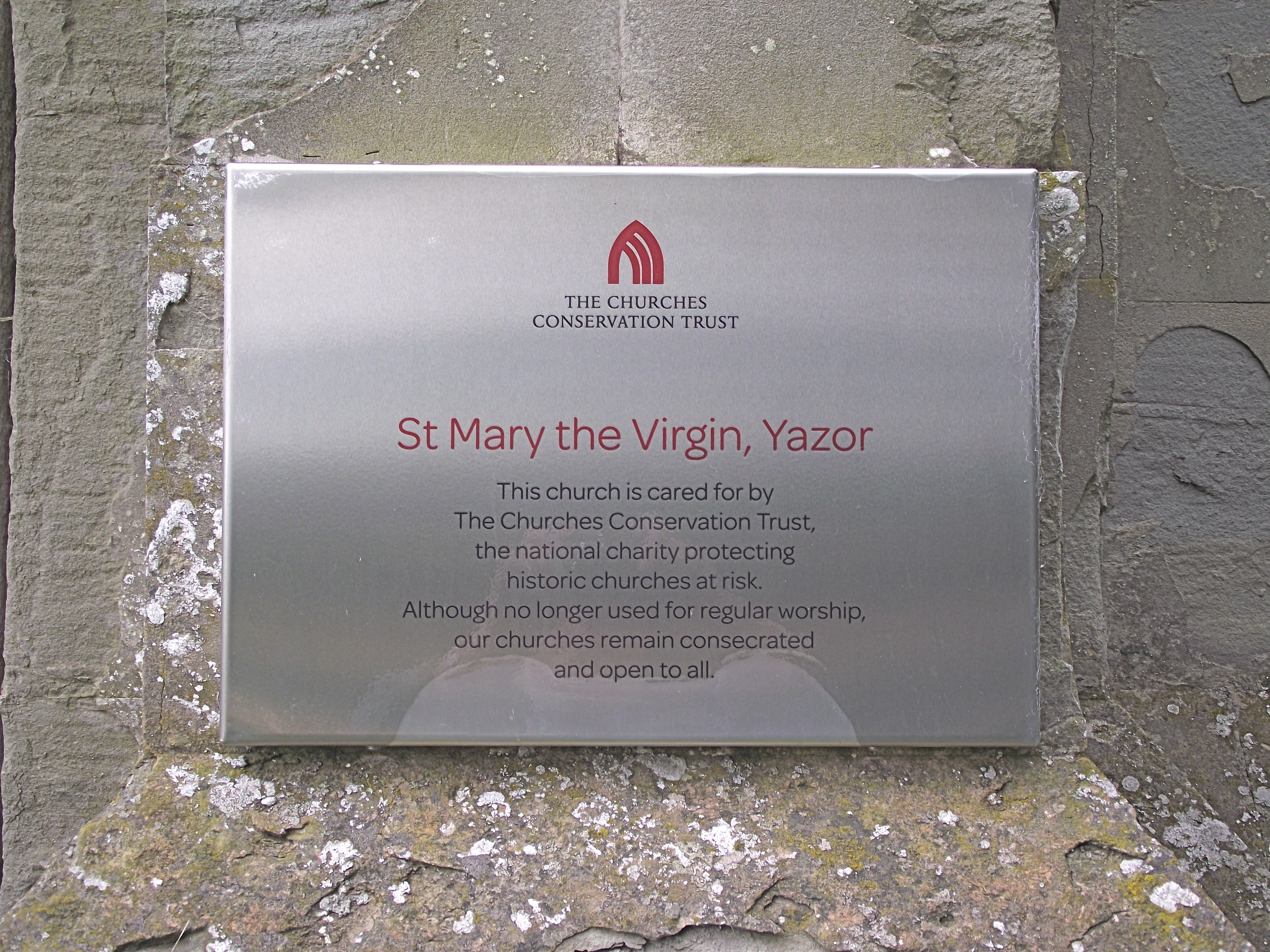 The height of the spire is unusual for this area of the County where many churches have low towers some with squat cone shaped square tops. The spire although exceptionally high is easily matched in height by the magnificent Wellingtonia fir trees standing not more than 6 metres away. The
church was built in the first half of the Victorian
period between 1843 and 1855 and its construction was
funded by the local Price family of Foxley. The
Architect for the church was George Moore but the spire
of the church had to be completed by the then Reverend R
L Freer, as the architect had lapsed into insanity.
A timber name board at the entrance gives different dates for the Church's construction. |
Wording states - St Mary's Yazor an estate church of 1843 - 1851
The church is of great interest for researchers of Victorian engineering history
for its three examples of heating and ventilating disciplines.
The heating for the church was separated into two areas Chancel & Nave.

CHANCEL
A Gurney warm air stove fired by solid fuel is sited against the north west wall.
For more details about the history of this type of Gurney warm air stove
